Iceland is generally known for its breathtaking views and landscapes. But if you visit one of Iceland’s national parks, your experience will be one of the best in your life.
In this article, we dive into everything you should know about Iceland’s national parks.
Iceland’s National Parks vs Iceland’s Nature Reserves
The first thing we need to mention is that Iceland officially has only 3 national parks (gigantic national parks, we may add). But Iceland has various other nature reserves located all across the island. The nature reserves you will find in Iceland are:
- Hvalnes Nature Reserve
- Thorsmork Nature Reserve
- Breidafjjordur Nature Reserve
- Vatnsfjordur Nature Reserve
- Heidmork Nature Reserve
- Hornstrandir Nature Reserve
- Fjallabak Nature Reserve
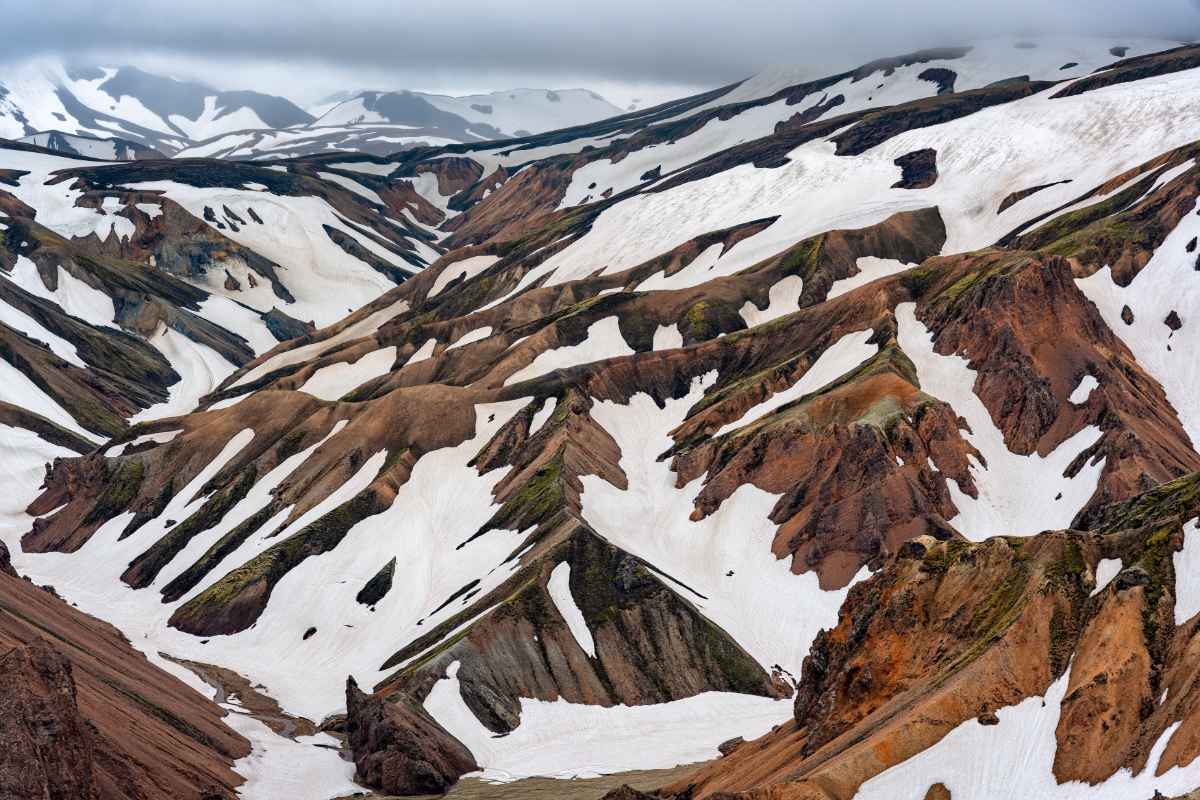
Iceland’s National Parks
Iceland has three national parks. Thingvellir National Park, Snæfellsnes National Park, and Vatnajökull National Park. ‘Till a few years ago, we actually had four, but Skaftafell National Park has now been included as part of Vatnajökull National Park. Here’s everything you should know about these natural marvels:
Thingvellir National Park
Thingvellir National Park lies east of Reykjavík (about 40 kilometers) and is the first stop on the popular Golden Circle route in Iceland. Thingvellir is not only full of natural wonders, but it is also a UNESCO World Heritage Site. It holds significant historical value to Icelanders.
Thingvellir directly translates to “the fields of parliament”. That is because it was here that the first parliament was established in Iceland. And the tale of how this came to be is quite interesting.
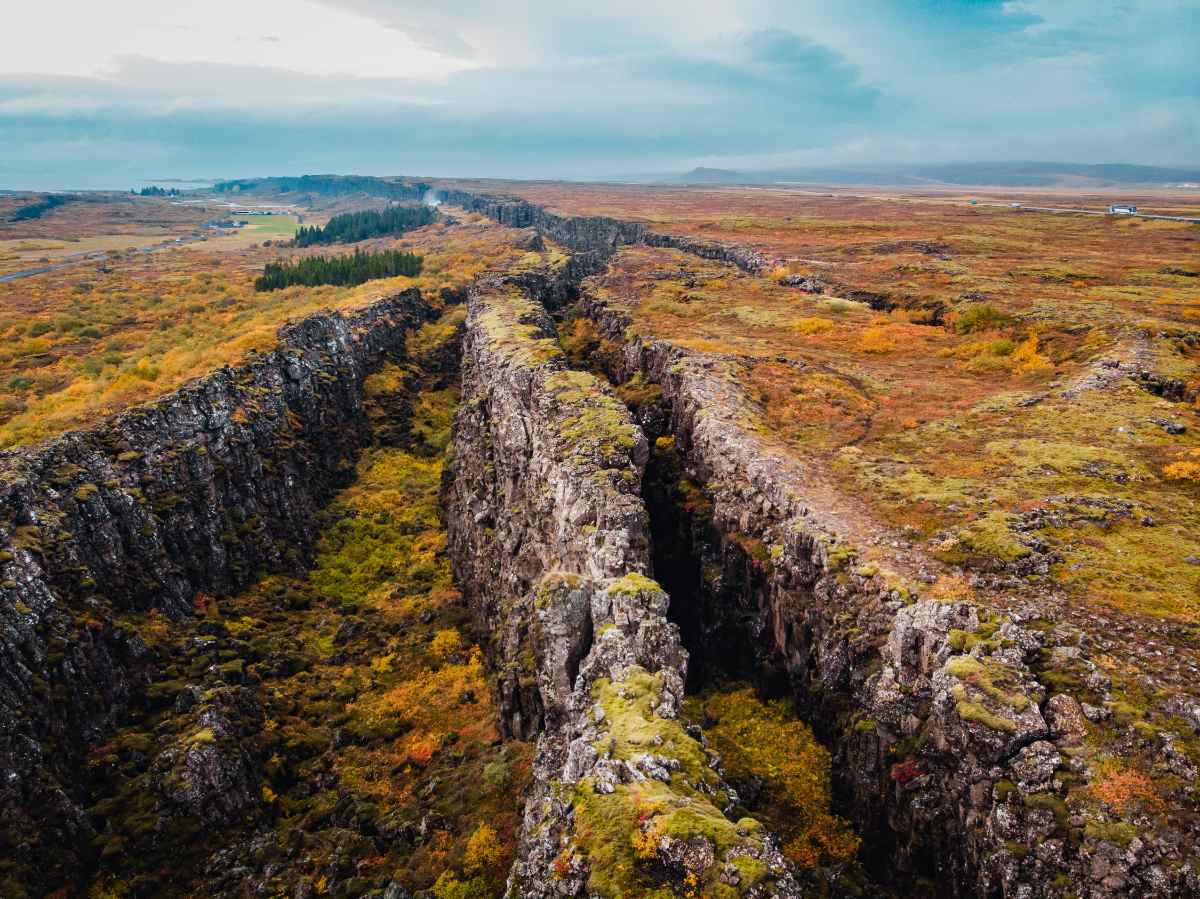
The Beginning of Thingvellir
A man who owned some prime real estate in Iceland was found guilty of murder and, as per the requirements of the law, his land became public property. A man was asked to find a meeting place where all the representatives of the various clans could gather to discuss any island matters.
The property of the convicted man was conveniently located for all representatives, and Geitskör couldn’t believe his luck. This site would later be known as Thingvellir. And so, it came to be that more than 30 chiefs gathered at the spot in the year 930 AD to discuss laws and other relevant island matters.
An Annual Occurrence
After a very successful first meeting, it was decided that they would continue meeting like that on an annual basis. This arrangement/institution was called Alpingi (see where we’re going with this?) Throughout the centuries, many important decisions were made here. Decisions such as abandoning their Old Norse pagan beliefs. Also, declaring their independence from Denmark.
Iceland’s First Parliament
The “parliament” was active all throughout the years except for 1799 to 1844 because of Danish colonialism. And when it finally returned thereafter, the parliament started right where it left off, but this time it would be in the capital city of Reykjavík. So, the Icelandic parliament of today had its origin in Thingvellir. It is because of this history that it was included in the UNESCO World Heritage Site List in 2004.
The Thingvellir Geology
Another thing that makes Thingvellir one of the most unique Icelandic National Parks is its geology. Thingvellir itself lies in a rift valley.
That means that you are quite literally between two continents when visiting this national park in Iceland. As you descend into the valley after entering the park from Reykjavík, the cliff face you’ll be looking at is, in fact, the edge of North America. And when you ascend on the other side of the park, the adjacent cliff wall is Eurasia.
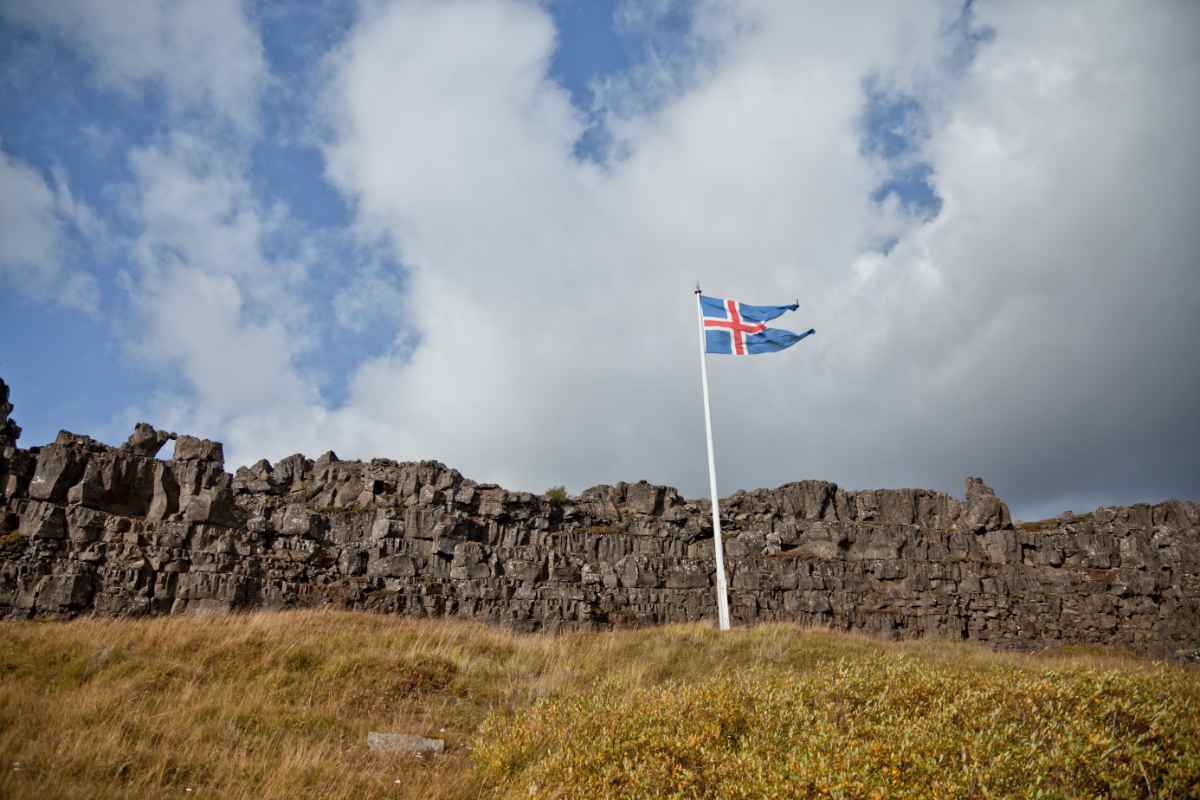
Thingvellir’s Claims to Fame
Thingvellir National Park has a few claims to fame that visitors can look forward to:
- You can go and visit a few of the locations that were featured in the popular series, Game of Thrones. Places such as Almannagja Gorge and Lake Thingvellirvatn.
- Dive or snorkel the Silfra Fissure, where you can lie between the Eurasian and North American continents.
- Go fishing in Lake Thingvellirvatn.
- Go bird-watching all around the park.
- Nature lovers should keep an eye out for Mink and Arctic Foxes.
- Enjoy the views from the Hakid Viewing Point.
- Visit Oxararfoss Waterfall.
- Visit some of the ruins that are a reminder of Thingvellir’s rich history.
Snæfellsnes National Park
Snæfellsnes National Park is named after this Icelandic national park’s pride and joy: the Snæfellsnes Glacier. The park was established in 2001 and covers roughly 170 square kilometers of the western tip of the Snæfellsnes Peninsula. All the way from the top of the mountain to the ocean.
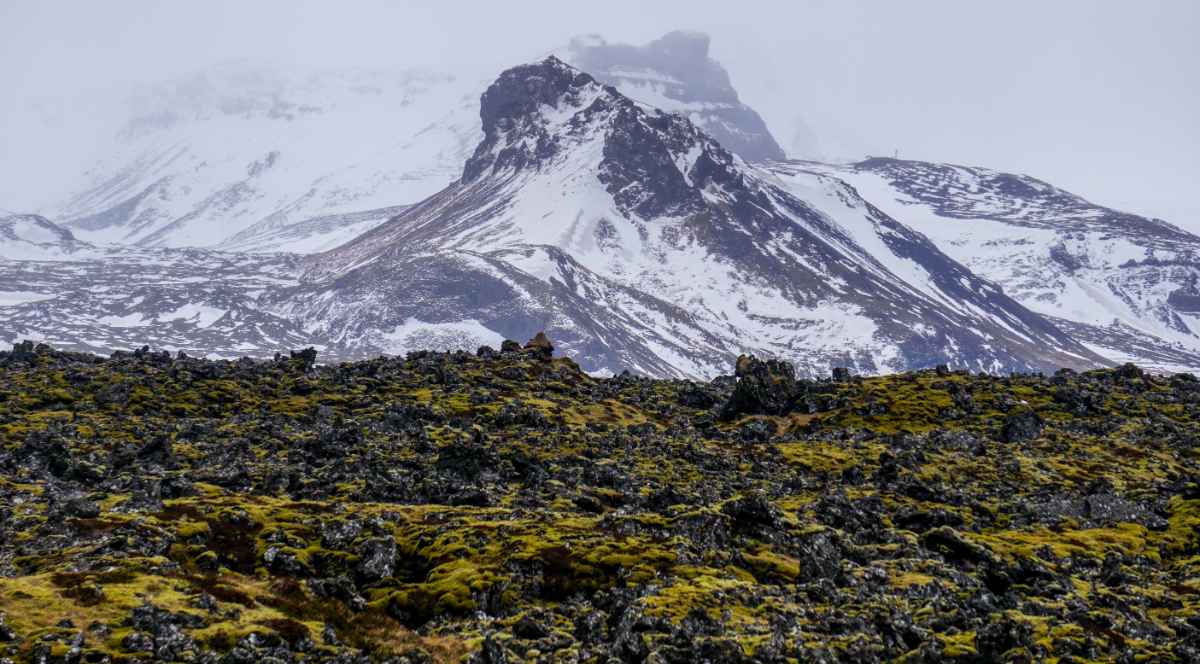
This national park in Iceland is easy to include as a day trip from the capital city of Reykjavík, since it’s a mere 2.5-hour drive away (or 5 hours return). Just keep in mind to tackle that trip during the summer months (it’ll be pretty tough with midwinter’s mere 4 hours of daylight).
The Snæfellsnes Glacier is an icy lid on an active volcano today (even though the last eruption was almost 2000 years ago).
The Snæfellsjökull volcano is 1446 meters above sea level and is, in fact, one of 32 active volcanos here on the island. It is due to all this volcanic activity that you’ll see the park is filled with basalt column cliffs, moss-covered lava fields, and black sand beaches.
Snæfellsjökull has also acted as an inspiration to many an artist, such as Jules Verne’s novel, The Journey to the Center of the Earth.
Snæfellsjökull National Park Attractions and Activities
A few of the attractions and activities that you’ll find in Snæfellsnes National Park include:
- Visit Londrangar. Here you will be surrounded by mossy lava fields whilst taking a stroll on a black sand beach with tall basalt cliffs. Here it is believed Iceland elves have made their home.
- Go and explore Vatnshellir Cave, one of Iceland’s most famous lava caves. Just keep in mind that this activity can only be done via a guided tour due to safety concerns.
- Visit Klukkufoss Waterfall, which is actually fed by the Snæfellsjökull Glacier.
- Take a Super Jeep tour or a hike across the Snæfellsjökull Glacier. But, once again, this can only be done via a guided tour.
- Take on one of the many hiking trails in the park, such as hiking Raudfeldsgja Gorge or the Ondverdarnesholar Craters.
- Many of the attractions in the area also include things right outside the park. such as Kirkjufell Mountain, the Arnarstapi Cliffs, and Budakirkja. It is the hauntingly beautiful Black Church.
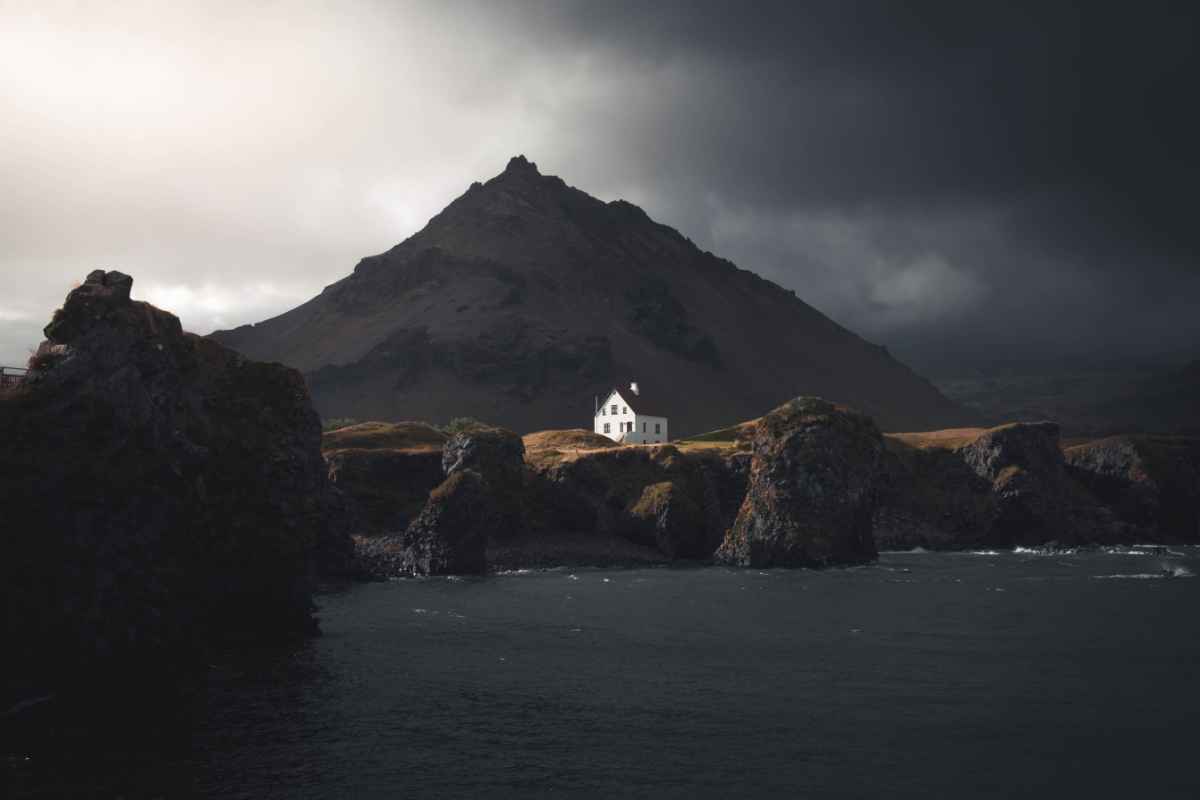
Vatnajökull National Park
Vatnajökull National Park is the biggest national park in Europe and clocks in at a staggering 14 141 square kilometers. That’s essentially 14% of the country! As mentioned earlier, it keeps growing with the inclusion of surrounding areas. The most famous one is the former Skaftafell National Park.
The Vatnajökull Glacier
This is yet another national park in Iceland that’s claim to fame lies in a glacier – the Vatnajökull Glacier. But, at the current rate of global warming, the glacier will not be here for future generations to enjoy much longer. In the past 15 years, the glacier has lost 1 meter of its thickness EVERY YEAR! Although preventative efforts are in place to try and slow down the process. Glacier water feeds numerous rivers in Iceland, resulting in an impact beyond the mere sight of the glacier.
The park can be found in the east to the southeastern part of the island and was established in 2008.
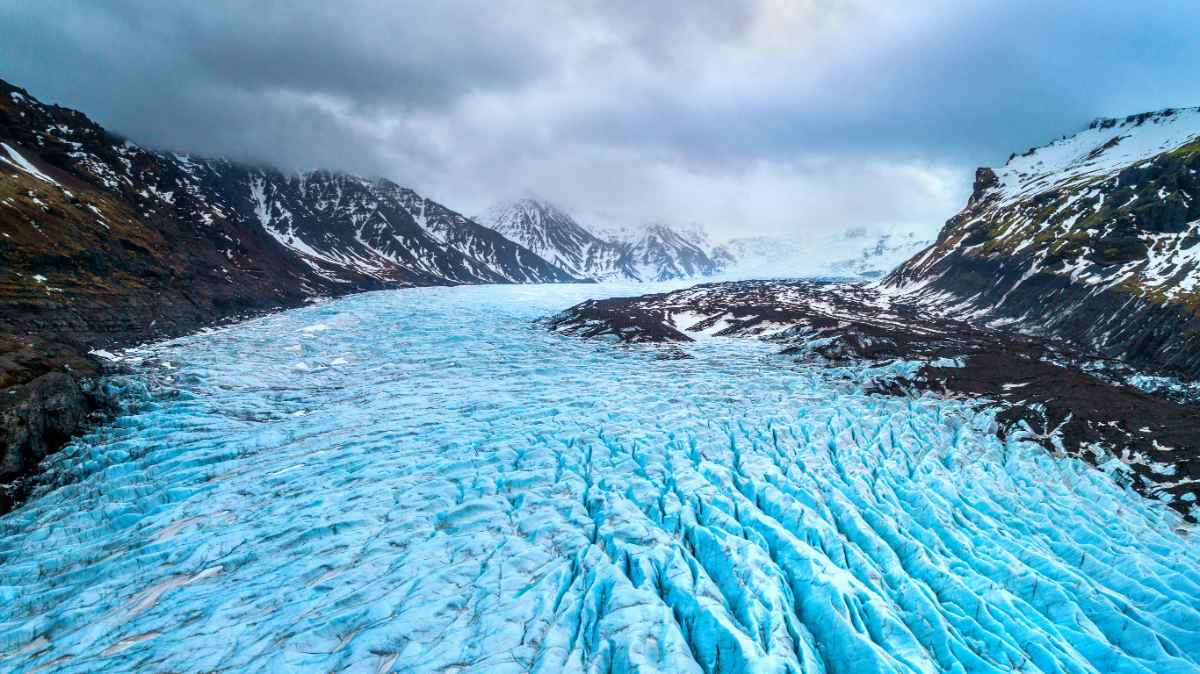
Vatnajökull National Park; a Large UNESCO World Heritage Site
In 2019, the park joined Thingvellir on the UNESCO World Heritage List. Vatnajökull National Park showcases the very best of the Land of Fire and Ice; from glaciers and waterfalls to volcanos and geothermal areas. Although the park is close enough to the capital city to make a drive to the park pretty convenient, it’s still far away enough to justify staying over.
It will take you about 4 hours to drive the +/-320 kilometers to the park, and that’s on a nice summer day with no tricky road conditions to contend with. Because of the park’s massive size, this is one of Iceland’s national parks that is divided into four regions based on each region’s unique typography.
Attractions and Activities in Vatnajökull National Park
These regions are the Southern Territory, the Northern Territory, the Western Territory and the Eastern Territory. Some of the many attractions and activities you’ll find in the park are:
- Visiting Jökulsarlon Glacier Lagoon and taking a boat tour. Here you are able to get so close to the glacier and the floating icebergs that you can reach out and touch them (don’t, though).
- Exploring the ice caves. You haven’t seen blue ‘till you are surrounded by walls and a roof of glassy, bright blue ice. This activity is seasonal on the island as many ice caves close during the summer months due to safety reasons (ice melts, remember?).
- Go snowmobiling across the Vatnajökull Glacier.
- Visit the infamous Svartifoss Waterfall (the Black Waterfall of Iceland).
- Go and take a few snaps of the Askja Caldera with its bright blue-green lake. This is an activity that could be seen as seasonal since the lake is mostly frozen during the colder months.
- Play around the black sand dunes in the park.
- Go bird watching across the park.
- Hike one of the park’s many hiking trails such as the Kristinartindar Mountain Trail or the Skaftafellsjökull Glacier Trail.
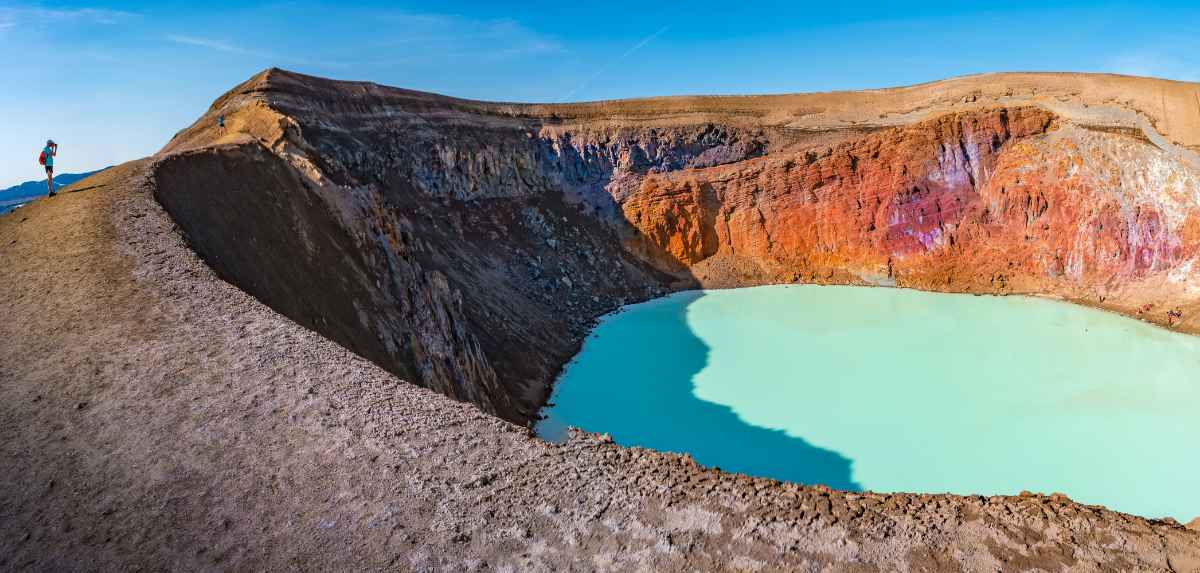
A Few Helpful Tips When Visiting Iceland’s National Parks
The following tips will help make your trip a memorable one (in a good way):
Keep Waterproof Gear & Clothing Close
There is a local saying here on the island that says, “you can experience all four seasons in a day in Iceland”. That means that you need to be prepared for any weather throughout the day. And waterproof gear and clothing will come in very handy when the weather suddenly changes, and you're, for example, left hiking in the rain.
But that’s not the only time waterproof gear and clothing are helpful. When walking muddy trails to hot springs, you’ll thank your lucky stars for waterproof hiking boots. And when visiting the waterfalls in Iceland with their powerful mist and spray, you’ll be glad you’re wearing waterproof clothing and a raincoat.
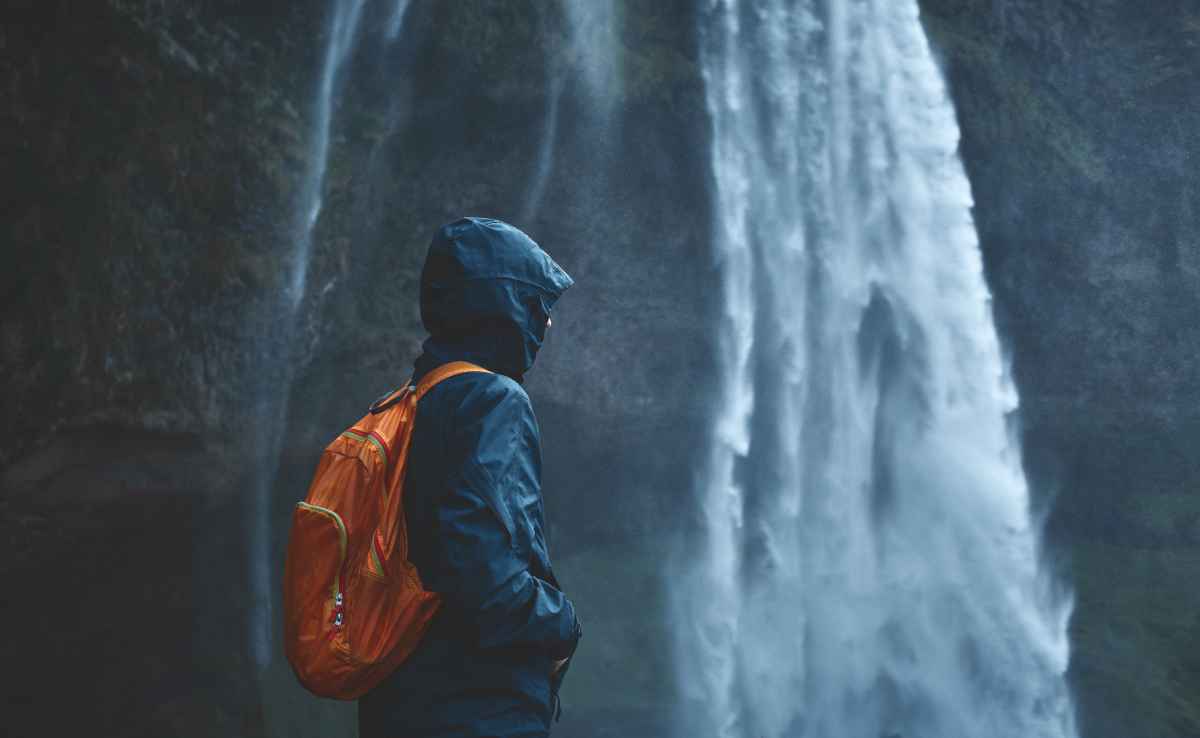
Double-check When You Should be Visiting
The seasons have a major impact on when you should be visiting, depending on what’s on your trip itinerary. If you want to explore Iceland’s ice caves, it’s probably not a good idea to visit the island during the summertime as you’ll find most of them closed.
If you’ve got your heart set on taking a day hike of 6+ hours, mid-winter with its 4 hours of daylight is not going to work for you. And then there are the different weather elements that Iceland weather has each month that also needs to be taken into account when most activities and attractions at the park are outdoors.
Are you going to risk coming during what is generally known as a “wet” month? Or when there’s a chance of snow? You need to ensure that you plan this out properly beforehand, so you don’t leave the island disappointed.
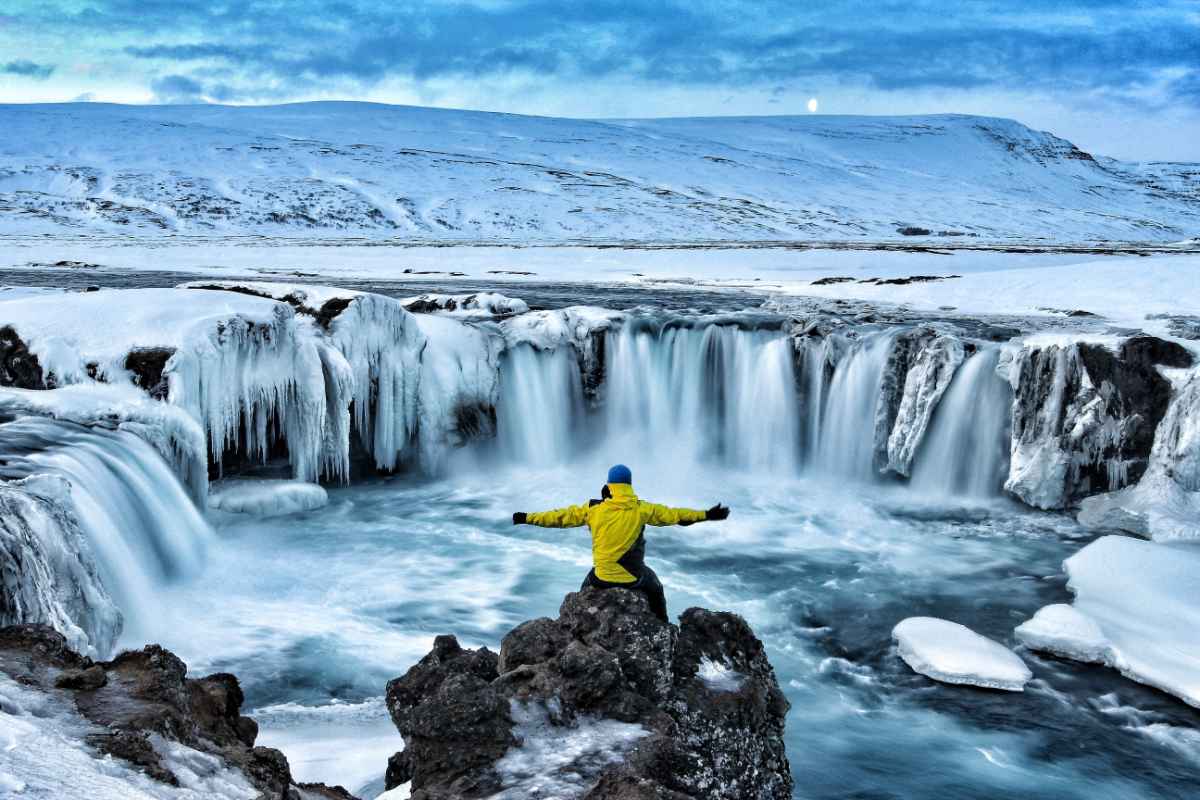
Stay in Your Lane
VERY literally. If you are driving around the parks, do not create your own makeshift road and go off-roading. And when you’re walking on a pathway or trail, stick to it, and don’t wander off creating your own “road less traveled”. Not only is this not allowed due to safety reasons, but you may cause damage to the fragile ecosystem that can take decades to repair, if at all.
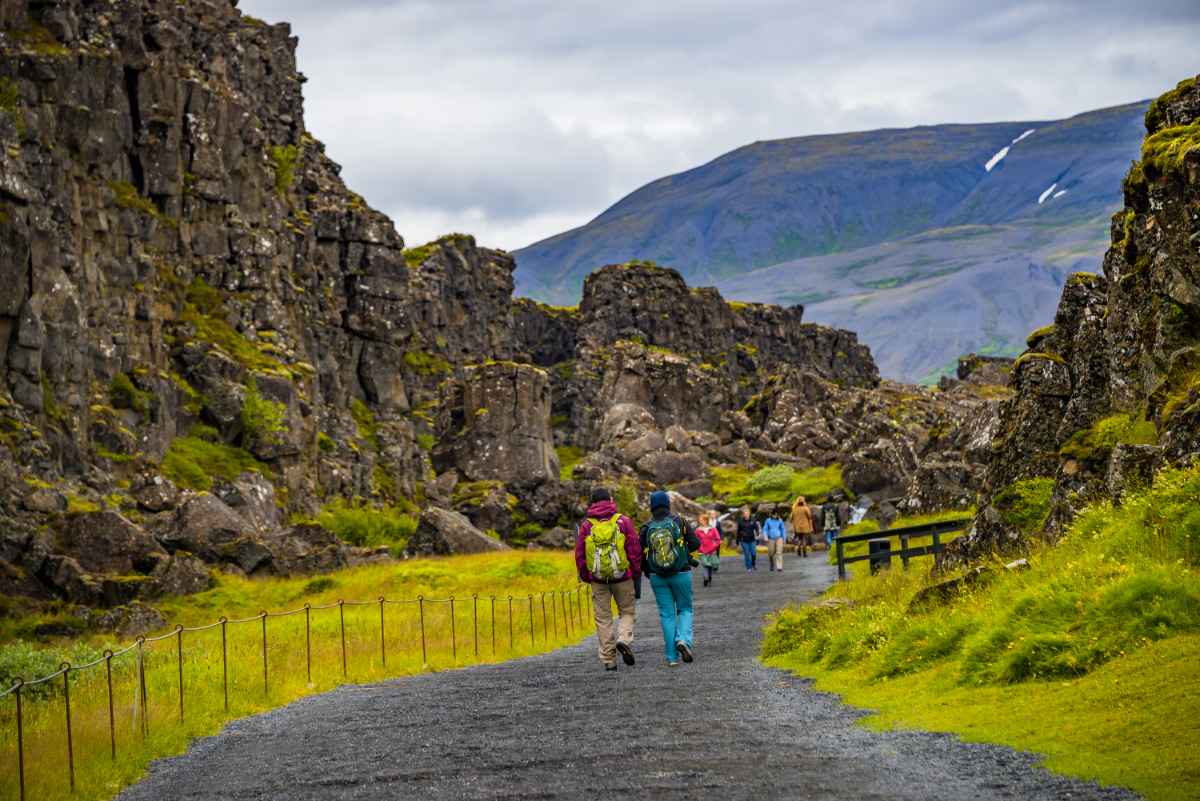
Are Iceland’s National Parks Really Worth the Visit?
The magnificent views make visiting Iceland’s National Parks well worth a visit. If you add all the various activities inside the parks into the mix, visiting the island without stopping at a national park could be considered a travel travesty.
Just keep in mind that, although you’ll find guided tours that go to the parks, the transport options in these regions are few and far between for you to explore them yourself. And we also believe the best way to explore the island is by driving it yourself. So, be sure to rent a car in Reykjavík for your Icelandic national parks adventure.


 By
By


